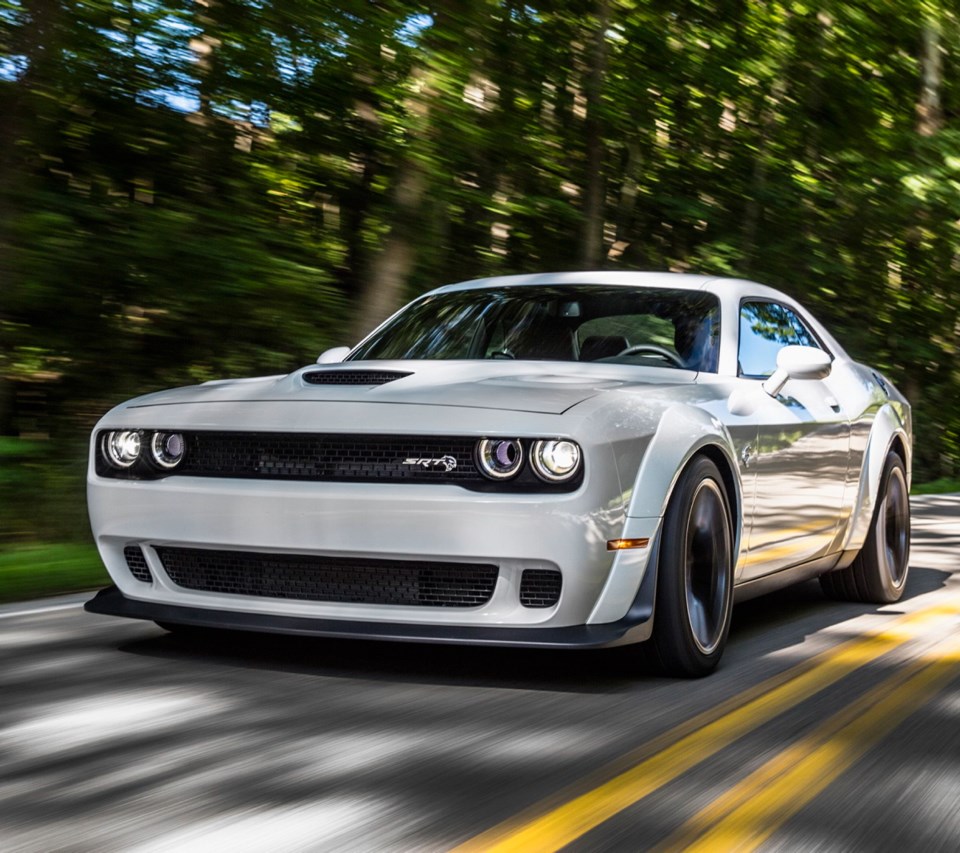Authenticity isn鈥檛 hard to discern.
For instance, you could make hamburgers a million different ways and still not imitate the taste of one from McDonald鈥檚, which never tastes as if it actually came from cattle. Similarly, you could dress in Ralph Lauren Polo attire, but if you live in a trailer home, no one will mistake you for a trust fund baby. That domestic first class airline seat you bought? It鈥檚 merely what a coach seat was 30 years ago. Today, coach is little more comfortable than a slave galley.
All are affectations of something more authentic, corporate subterfuge in the name of profits.
And product authenticity is questionable when it returns after a long hiatus. Consider Crosley electronics. Their radios and turntables recall when America had an electronics industry, but their products are made overseas. Or consider Polaroid. After two bankruptcies and the closure of its factories, it鈥檚 been revived by those who find the OneStep camera a fascinating throwback.
Still, reviving classic consumer products is always fraught with peril, as evidenced by the Volkswagen Beetle, Pontiac GTO, Buick Roadmaster and the Maybach.
Then there鈥檚 the Dodge Challenger.
Introduced for 1970, it was a latecomer to the muscle car/personal luxury coupe wars that were then in full swing. Incredibly, it was offered with nine powertrains and six models, running the gamut from a 145-horsepower six-cylinder to a 425-horsepower Hemi V-8 in coupe and convertible models. Competition came from any number of cars with names such as Grand Prix, LeMans, Cutlass Supreme, Monte Carlo, Chevelle, Skylark, Torino, Montego, Riviera, Toronado and Thunderbird, in addition to the Camaro, Firebird, Trans Am, Mustang, Cougar and Javelin. Of these, only the Camaro and Mustang survive.
By 1974, the Challenger would succumb to the escalating insurance rates and EPA mandates that laid low its competitors. It reappeared from 1978 through 1983 as a compact built by Mitsubishi, a conglomerate best known today for their in-wall air conditioners.
Yet the Challenger re-emerged in 2008, looking much like its first-generation forebear, like a four-wheeled Captain America, soldiering on with performance upgrades that speak to another era. In 2014, the Scat Pack and Shaker hood returned. In 2015, Dodge unleashed the 707-horsepower Dodge Challenger Hellcat. Two years later, the Dodge Challenger GT appeared, the world鈥檚 first all-wheel-drive muscle car. Then, this year, Dodge unleashed the 840-horsepower Challenger SRT Demon, as well as the Challenger Hellcat Redeye, which has a mere 797 horsepower.
Which brings us to the 2018 Challenger Hellcat Widebody, a Hellcat sporting flared fenders and wider 20-inch Pirelli P-Zeros that accent the Brembo brake calipers that can be had in black, orange or gunmetal. Beyond the minor styling update, however, you鈥檒l find the car鈥檚 nature hasn鈥檛 changed.
After all, muscle cars and personal luxury cars have always been over the top, almost clownishly so. And while that makes the Challenger Hellcat Widebody the world鈥檚 fastest clown car, you鈥檒l find it鈥檚 so powerful, it鈥檚 hard to find a spot where you can unleash its full power for any length of time before you鈥檙e either hauled before a magistrate or fulfilling your last will and testament.
What else would you expect from a car with a supercharged 6.2-litre V-8 mated to a six-speed manual or eight-speed automatic? After all, speed is the Challenger鈥檚 native tongue. Twist the key. Listen to its menacing, throaty rumble. This car is nothing but trouble. Mash the throttle and adult concerns give way to childish glee as the tail twitches a bit as you wrestle it keep the nose pointing straight. As the massive tires quickly connect with the pavement, you鈥檙e propelled forward at NASA-like speed, pushing your brain further back in your skull, mashing it up against juvenile passions like pop rocks, loud music and Charlie鈥檚 Angels.
It鈥檚 then that you appreciate that this is an authentic descendant of the Trans Am racing Challenger that Sam Posey drove to a fourth overall points finish in 1970. Or the ones that drag racers Dick Landy and Ted Spehar drove in the National Hot Rod Association鈥檚 Pro Stock class, or that paced the Indianapolis 500 race in 1971.
This ride flips the bird at those driving a space-efficient crossover or an allegedly environmentally friendly EV or hybrid. It鈥檚 a true juvenile delinquent, albeit one without a parole officer.
Yes, you could nitpick its fit and finish, just as you could in 1970. But this is merely one sign of its authenticity. Another is the new $6,000 US Widebody option. Choosing it makes the car wider, but no faster. It鈥檚 the sort of cool, pointless styling anachronism they would have done in 1969 if they had thought of it. If such swashbuckling were still the norm rather than the exception in car design, there would still be a Big Three.
Thankfully, the 2018 Challenger SRT Hellcat Widebody continues to fulfil an American need for an outrageously cool tool for going fast.
Authentic? No question.



